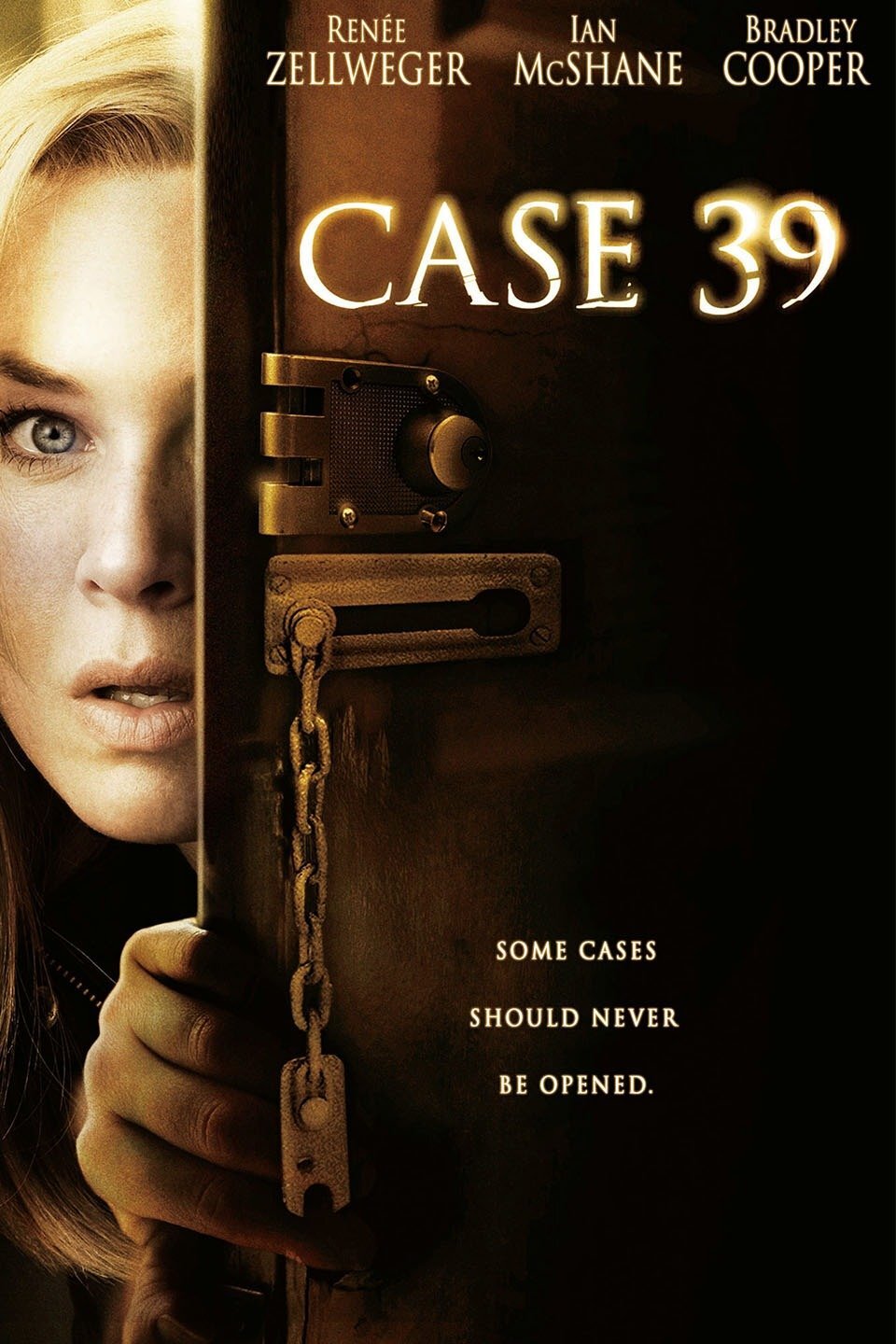

Exploring Case No 39: An In-Depth Analysis Of The Haunting Horror Film
Case No 39 is a gripping horror film that captivates audiences with its unsettling narrative and chilling performances. Released in 2009, the film has garnered a dedicated fan base and continues to be discussed in various cinematic circles. In this article, we will delve into the film's plot, characters, production details, and its impact on the horror genre, ensuring that fans and newcomers alike gain a comprehensive understanding of this haunting tale.
Set against a backdrop of psychological terror, Case No 39 explores the darker sides of human nature and the consequences of neglect and abuse. The film's central character, a social worker, becomes entangled in a web of horror when she takes on the case of a troubled young girl, leading to a series of terrifying events. As we investigate the intricacies of Case No 39, we will highlight its themes, cinematography, critical reception, and legacy in the horror film landscape.
This article aims to provide not just an overview but a complete analysis of Case No 39, drawing on expert opinions and reliable sources to enhance our discussion. Whether you are a horror aficionado or a casual viewer, this exploration will enrich your understanding of the film and its significance within the genre.
Table of Contents
- Introduction
- Plot Summary
- Character Analysis
- Production Details
- Themes Explored
- Critical Reception
- Legacy of Case No 39
- Conclusion
Introduction
Case No 39 is not just a film; it is a psychological experience that resonates with its audience long after the credits roll. Directed by Christian Alvart and featuring notable performances from Renée Zellweger, Ian McShane, and Jodelle Ferland, the film explores the fine line between innocence and malevolence. Its chilling atmosphere and intricate storytelling make it a standout entry in the horror genre.
Plot Summary
The narrative of Case No 39 revolves around Emily Jenkins, a dedicated social worker who has a passion for helping children in distress. When she is assigned to the case of Lilith Sullivan, a seemingly innocent girl who has been abused by her parents, Emily believes she can save her. However, as she digs deeper into the case, she uncovers a web of dark secrets that leads to increasingly horrifying events.
Throughout the film, viewers are taken on a suspenseful journey as Emily grapples with her own fears and the sinister reality surrounding Lilith. The film expertly combines elements of psychological thriller and horror, keeping the audience on the edge of their seats.
Character Analysis
Understanding the characters is crucial to appreciating Case No 39. Here are the key players:
- Emily Jenkins (Renée Zellweger): A compassionate social worker whose determination to help children leads her into a nightmare.
- Lilith Sullivan (Jodelle Ferland): A complex character who embodies innocence and terror, making her a focal point of the film.
- Douglas (Ian McShane): Emily's colleague, who provides a counterpoint to her idealism with a more pragmatic view of their work.
Supporting Characters
- Emily's Parents: They represent the societal pressures and expectations that Emily grapples with throughout the film.
- Psychiatrist: A figure who tries to rationalize the irrational behavior of Lilith, adding layers to the psychological aspect of the story.
Production Details
Case No 39 was directed by Christian Alvart and produced by Paramount Pictures. Filming took place in Vancouver, Canada, which provided a fitting backdrop for the film’s eerie atmosphere. The cinematography, handled by Hagen Bogdanski, plays a significant role in establishing the film's tone, utilizing shadow and light to enhance moments of tension.
Technical Aspects
- Cinematography: The use of lighting and camera angles creates a sense of unease, contributing to the horror elements.
- Sound Design: The score complements the visual elements, heightening the suspense and emotional impact of key scenes.
Themes Explored
Case No 39 delves into several profound themes that resonate with audiences:
- Child Abuse: The film confronts the harsh realities of child abuse and the psychological scars it leaves behind.
- Trust and Betrayal: Emily's journey illustrates the theme of trust, both in her relationships and her belief in the system.
- Innocence vs. Evil: The juxtaposition of innocence and evil is a central theme, as Lilith's character embodies both extremes.
Critical Reception
Upon its release, Case No 39 received mixed reviews from critics but garnered a following for its unique approach to horror. The performances, particularly by Renée Zellweger, were praised, while others criticized the film's pacing and predictability. However, many fans appreciate the film for its psychological depth and unsettling atmosphere.
Legacy of Case No 39
Over the years, Case No 39 has become a cult classic among horror enthusiasts. Its exploration of psychological themes, combined with a haunting narrative, ensures that it remains a relevant discussion point within the horror community. The film's impact is evident in its continued screenings at horror film festivals and its presence in online discussions.
Conclusion
In conclusion, Case No 39 is more than just a horror film; it is a thought-provoking exploration of human behavior and the darkness that can lurk within. Its compelling narrative, strong performances, and haunting atmosphere make it a memorable entry in the genre. We encourage readers to share their thoughts on the film in the comments below and explore other articles on our site for more insights into the world of horror cinema.
Final Thoughts
Thank you for joining us in this detailed analysis of Case No 39. We hope this article has deepened your appreciation for the film and its contributions to the horror genre. Stay tuned for more engaging content and discussions!
Who Invented Yoga: A Journey Through Time And Tradition
Nice To Meet You: The Art Of Greeting And Connection
Discover The Latest Trends And Features Of The 550 New Balance Sneakers

